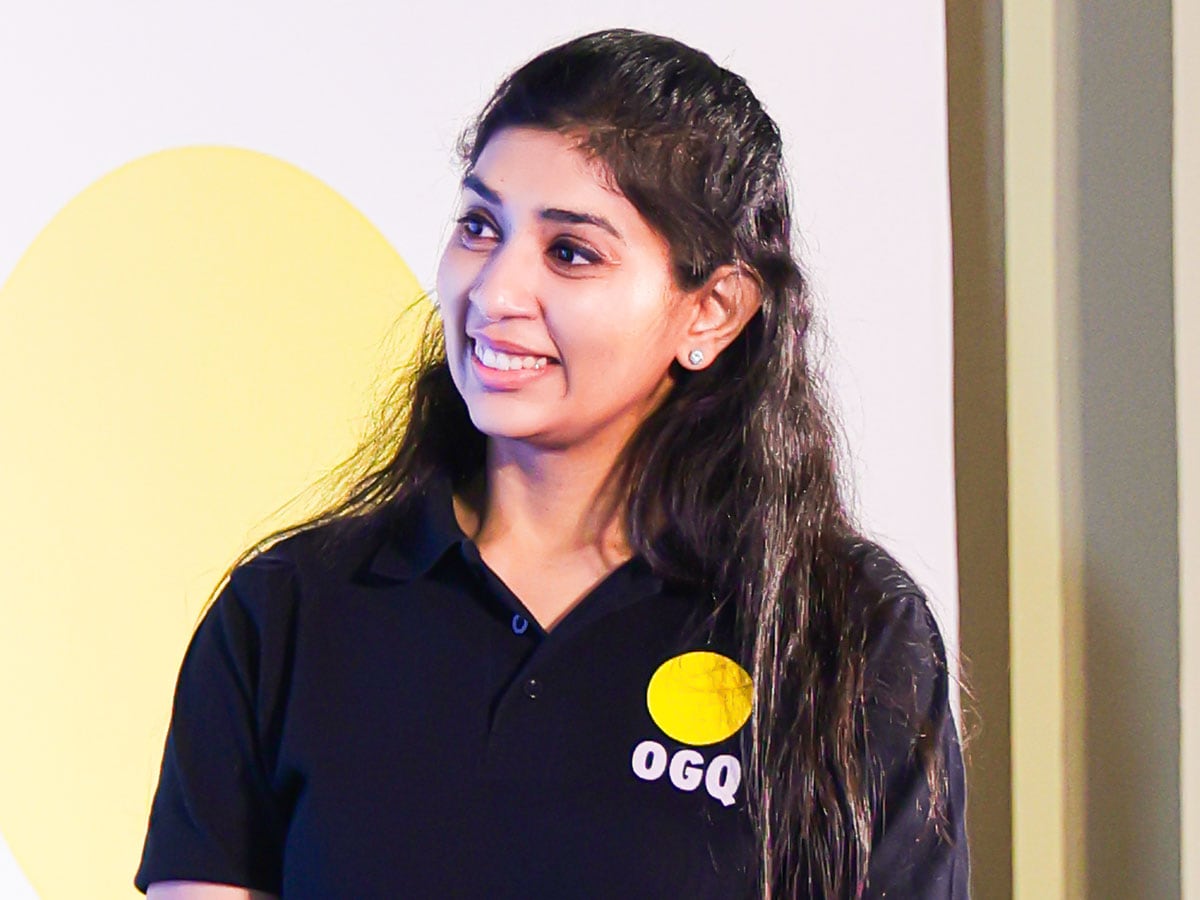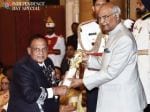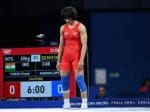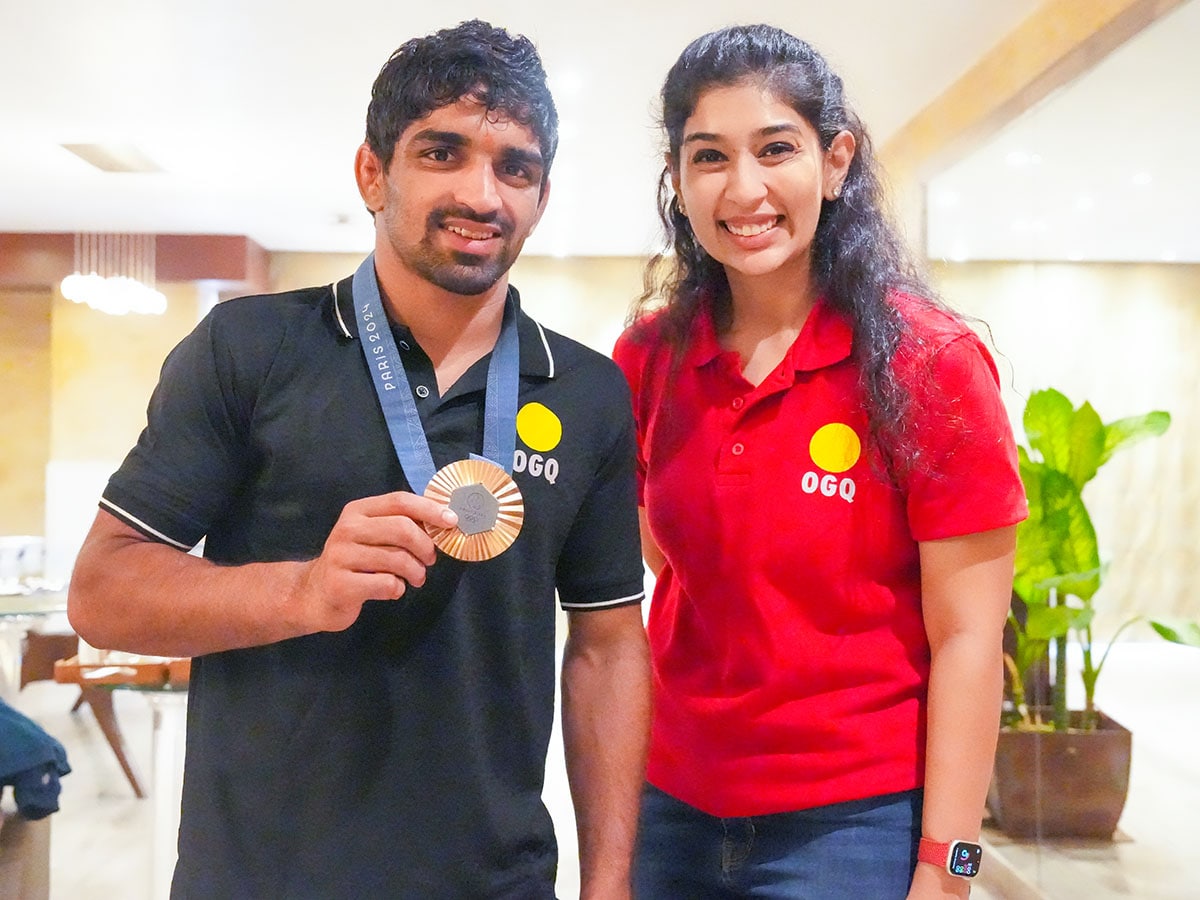It's a golden period to be an athlete in India: OGQ's Neha Aggarwal
The chief partnerships officer of the non-profit, which supports promising athletes, on how to convert the Olympic Games of missed opportunities in 2024 into a record medal haul in LA28
 Neha Aggarwal, Olympic Gold Quest (OGQ) chief partnerships officer and a table tennis Olympian
Neha Aggarwal, Olympic Gold Quest (OGQ) chief partnerships officer and a table tennis Olympian
In 2001, sports legends Prakash Padukone and Geet Sethi set up the Olympic Gold Quest (OGQ), a not-for-profit foundation to scout promising athletes and support them in their quest for medals in the Olympic Games. In 2008, a year after it started active operations, OGQ sent a sole athlete—shooter Gagan Narang—to the Beijing Games. Cut to 2024, and 49 OGQ-supported athletes made it to the Paris Olympics. Four of them returned with a medal. In the Paralympics that followed soon after, there were 54 OGQ-supported athletes and 25 medal winners. How did OGQ build up the ecosystem for Olympic sports in India? Neha Aggarwal, its chief partnerships officer and a table tennis Olympian herself, discusses on an episode on the Sports UnLtd podcast. Edited excerpts from the conversation:
Q. To set the context, why was OGQ founded?
OGQ was co-founded by our Geet Sethi and Prakash Padukone with a very sharp mission to help Indian athletes win Olympic gold medals. We added the Paralympics as well in 2019. When we started, it was a deep belief by both Sethi and Padukone that Indian athletes needed customised support back then, they needed interventions at various levels to ensure they were training at world-class levels. So OGQ supports athletes in various aspects, including coaching, equipment, going for international and national training. We have a very good sports science team which includes physiotherapists, nutritionists, fitness trainers, mental trainers, all working 24/7 behind the athletes in their locations, with their surgeries, injury, rehab, everything, We currently work with 10 sporting categories out of which five—badminton, boxing, shooting, archery and wrestling—are our priority sports.


















